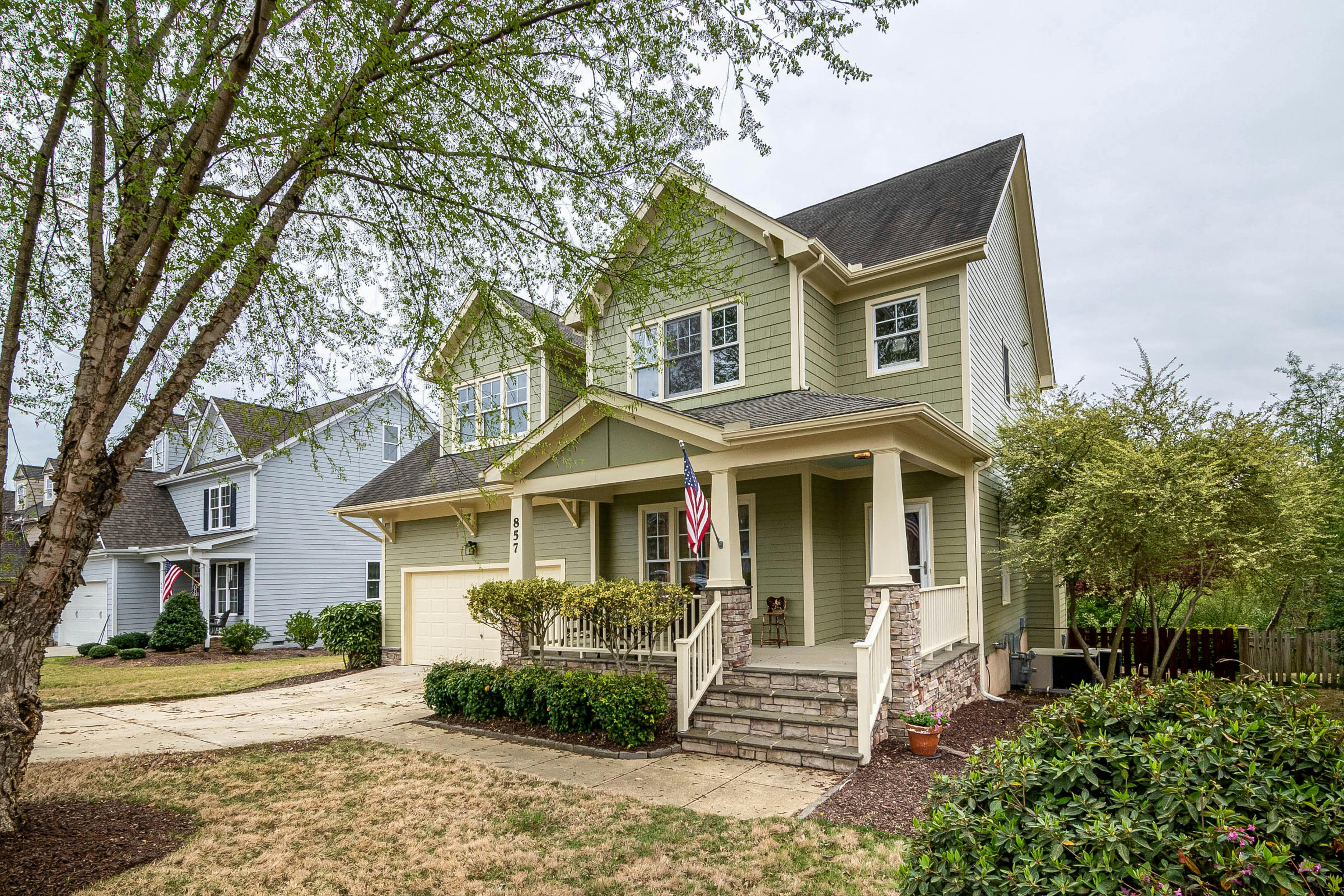If you are a homeowner, you will have legal obligations and duties regarding fire safety and the protection of your property and the people who live in it. It is important that you familiarize yourself with these duties and obligations and ensure that you fully comply with the laws and regulations, as ignorance of the law is not a defense.
The three main legislative texts that cover this area of law are:
• The Housing Act of 2004
• The Smoke and Carbon Monoxide Alarm Regulations (England) 2015
• The Regulatory Reform Order (Fire Safety) (2005) (The Order)
The Regulatory Reform (Fire Safety) Order (2005) (The Order) stipulates that owners, managers and agents are likely to be considered the ‘Responsible Persons’ for the purposes of the Order. What it means is that anyone who has any level of control over their property must take reasonable steps to reduce the risk of fire to an acceptable level and ensure that people can safely escape in the event of a fire. As a landlord, you are likely to be the Responsible Person for the purposes of the Order.
As a Responsible Person, you will be responsible for:
1. Make sure you get a Fire Risk Assessment for every property you rent.
The aim of the Fire Risk Assessment is to identify and assess all fire risks to which ‘relevant persons’ are exposed and to eliminate or reduce those risks and ensure that, in the event of a fire, people can safely escape . This can be accomplished by conducting a fire risk assessment.
Relevant persons are those persons who are legally permitted on the premises, for example, staff, visitors, residents, and contractors, etc.
If you are the responsible person, you must ensure that you conduct a fire risk assessment. This task can be performed by a fire safety professional. However, you are still responsible, by law, for complying with the order.
As an owner, if you own or manage a block of flats, you are required by law to carry out a fire risk assessment of all common areas of your properties.
If you own or manage Homes in Multiple Occupancy (HMO’s), you must also conduct a property fire risk assessment.
The fire risk assessment must:
• Identify fire hazards
• Identify people at risk
• Assess, eliminate or reduce and protect from risk.
• Record, plan, inform, instruct and train
• Check.
2. Make sure the Fire Hazard Assessment is reviewed.
Any of these evaluations should be reviewed by the responsible person regularly to keep it up to date, especially if there is reason to suspect that it is no longer valid or there has been a significant change in the matters to which it refers, including when the facilities, the measures special, technical and organizational, or the organization of work undergo significant changes, extensions or conversions. When changes are required to an assessment as a result of such a review, the responsible person should make them as soon as possible after the assessment is made or reviewed. The responsible person should record the significant findings of the assessment, including actions that have been or will be taken by the responsible person and any group of people identified by the assessment as especially at risk.
Good practice and best advice is to review each fire risk assessment annually.
3. Provide information: keep tenants and visitors informed.
Signage is extremely important. In the event of a fire, all relevant persons should know what measures need to be taken and where the nearest fire assembly point is located. Clear fire action signs must be prominently displayed in the appropriate language. You can also consider the following:
• Alerting each resident to fire safety measures
• Post fire action signs inside each tenant’s front door.
• Holding periodic fire safety meetings.
4. Provide fire detection and extinguishing equipment.
Where necessary, the responsible person must:
• Make sure facilities are equipped with proper fire fighting equipment and fire detectors.
• Register, repair and maintain the fire safety equipment and any problems within the facilities.
• Make sure alarms and any non-automatic fire suppression equipment are easily accessible, easy to use, and indicated by signs.
• Take measures to extinguish fires in the facilities and designate the responsible persons to implement those measures.
• Ensure that the number of these people, their equipment and the training available to them is adequate, taking into account the size and specific hazards involved in the facilities.
• Organize the necessary contacts with external emergency services, especially with regard to fire fighting, rescue work and first aid and emergency medical attention.
5. Keep all emergency exits clear.
All escape routes must be kept clear at all times and blockages must be removed immediately.
Nothing should be allowed to obstruct escape routes.
Mobility scooters are worth mentioning here as they are often stored or left for charging in areas such as hallways or near stairs. They can form an obstruction to escape routes and access when necessary. Numerous serious fires across the country have involved mobility scooters.
Owners who own / manage apartment buildings
In addition to your legislative obligations and duties as mentioned above, you may want to consider the following:
• Installation of smoke detectors in all properties
• Ensure that all exterior doors can be easily opened at all times from the inside
• Introduction of a non-smoking policy on the property
• Carry out periodic safety checks of the electrical installation
• Make sure all escape routes are kept clear at all times.
• Make sure fire doors are installed
• Hire a fire safety professional to perform all relevant checks and fire risk assessments and reviews.
Private sector owners
As of October 1, 2015, private sector owners must have:
• At least one smoke alarm installed on each floor of your properties
• A carbon monoxide alarm in any room that contains an appliance that burns solid fuel (for example, a wood stove, a charcoal fire).
• The landlord must ensure that the alarms are working properly at the beginning of each new lease. Too;
• Gas appliances must be inspected annually by a registered Gas Safe engineer.
• Electrical appliances must bear the sign of the British safety standard.
• All furniture that you provide on your property must be fire resistant and meet safety standards.
• You must present safety certificates to your residents, so they can see that gas and electrical appliances have been checked.
• Under the Housing Act 2004, as a homeowner, you are required to ensure that there are adequate escape routes on the property.
Multiple Occupancy Housing (HMO)
A home in multiple occupancy (HMO) is defined as a dwelling that is occupied by two or more people who do not live as one household but share certain facilities such as bathrooms, bathrooms, and kitchens. Lease agreements, use of common areas, relationship between residents, locks on bedroom doors, etc. they will be used to determine whether a group of residents forms a single household or an HMO.
In addition to the legislative obligations and duties detailed above, the HMO Regulations impose obligations on the manager of an HMO to maintain fabrics, accessories and accessories in good condition, ensure that occupants are protected from injury, and supply and maintain gas, electricity and other services. .
It should also be noted that the Housing Act 2004 empowers Councils to take action when a variety of housing-related hazards arise, including the risk of fire. The City Council can take control of an HMO if the health, safety and well-being of the occupants or the people who live in the locality are threatened.



